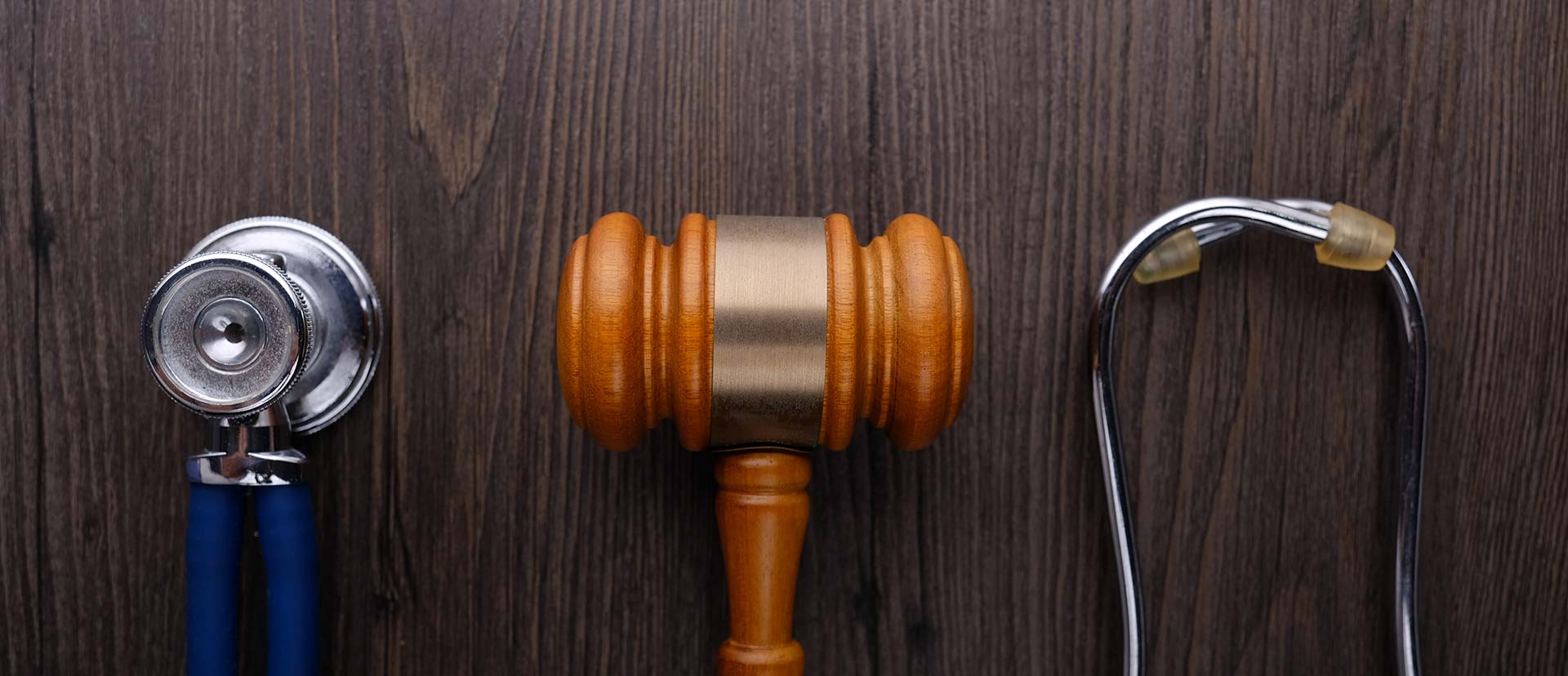The intersection of patent and antitrust law presents challenges for courts. Some of the most complex issues have arisen in the pharmaceutical industry. What should courts do when drug companies engage in conduct that may be allowed under patent law but threatens significant anticompetitive effects? The question arises in multiple settings. In this article, I focus on patent settlements, analyzing four mistakes courts have made: (1) resurrecting the “scope of the patent” test, (2) bestowing immunity on patent licenses, (3) imposing high causation standards for patent invalidity, and (4) resuscitating a “risk aversion” defense. Courts are continuing to make these errors, as shown by the patent-immunity mistake underlying the D.C. district court’s March 2022 decision in FTC v. Endo Pharmaceuticals.
By Michael A. Carrier[1]
The intersection of patent and antitrust law presents challenges for courts. Some of the most complex issues have arisen in the pharmaceutical industry. What should courts do when drug companies engage in conduct that may be allowed under patent law but threatens significant anticompetitive effects? The question arises in multiple settings.[2] In this article, I focus on patent settlements, analyzing four mistakes courts have made: (1) resurrecting the “scope of the patent” test, (2) bestowing immunity on patent licenses, (3) imposing high causation standards for patent invalidity, and (4) resuscitating a “risk aversion” defens
...THIS ARTICLE IS NOT AVAILABLE FOR IP ADDRESS 216.73.216.89
Please verify email or join us
to access premium content!

